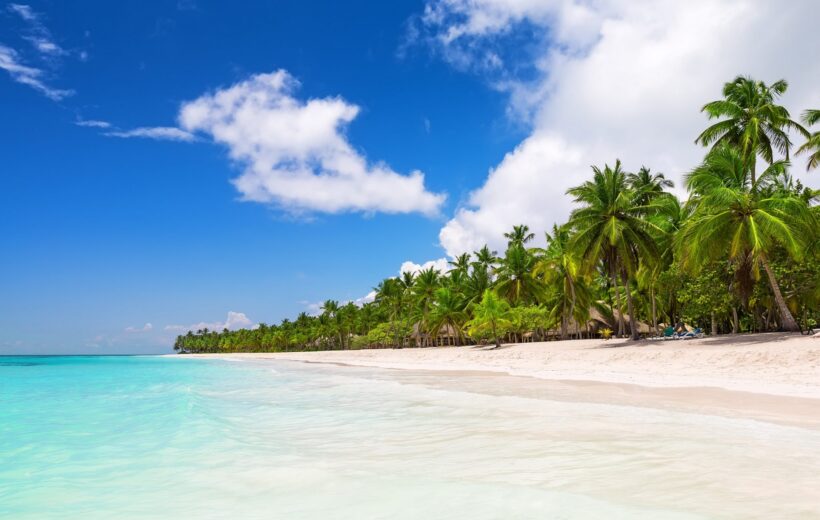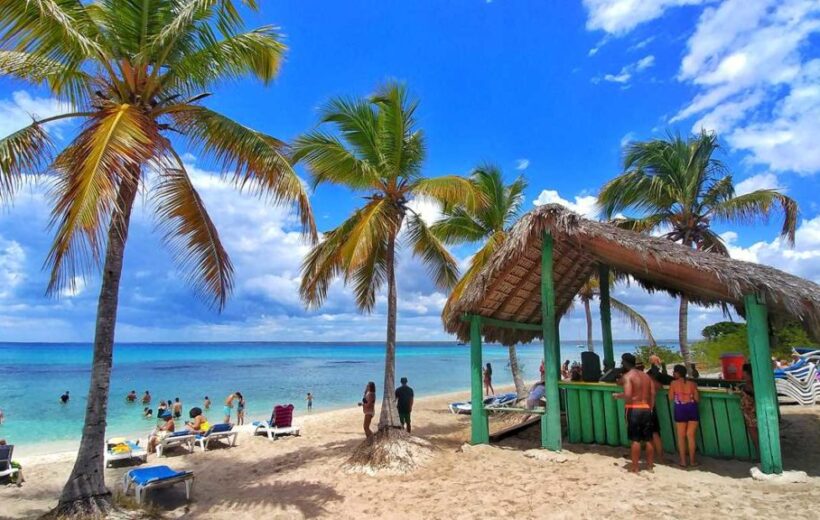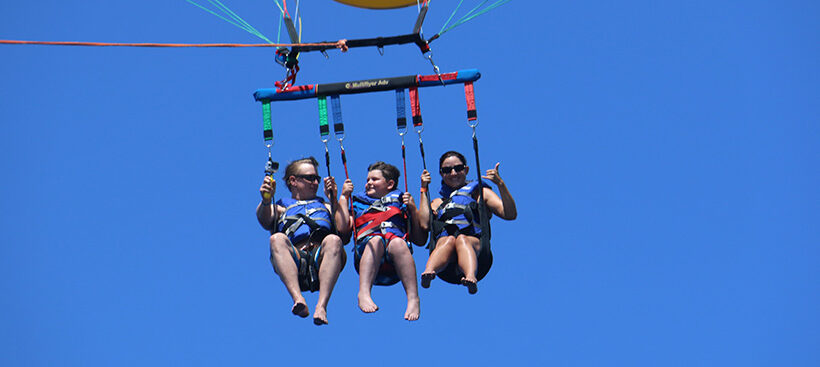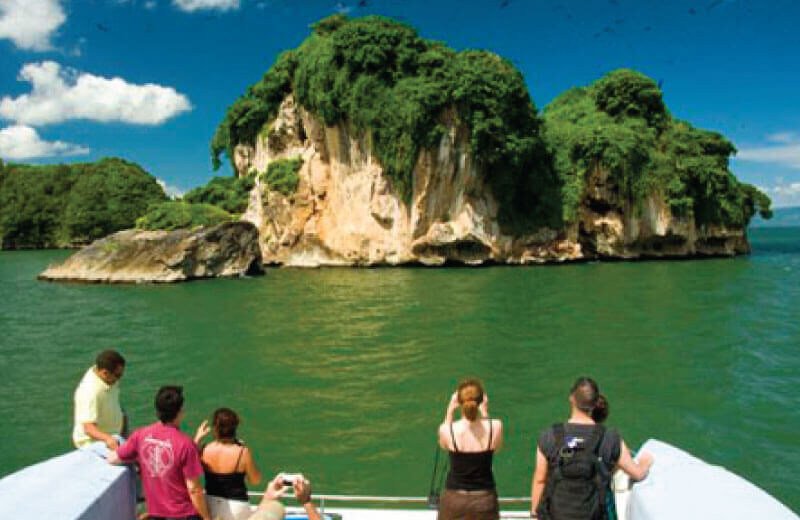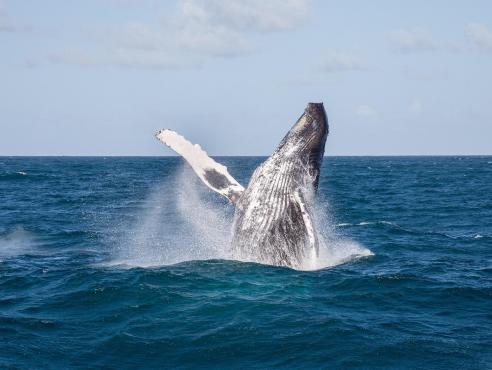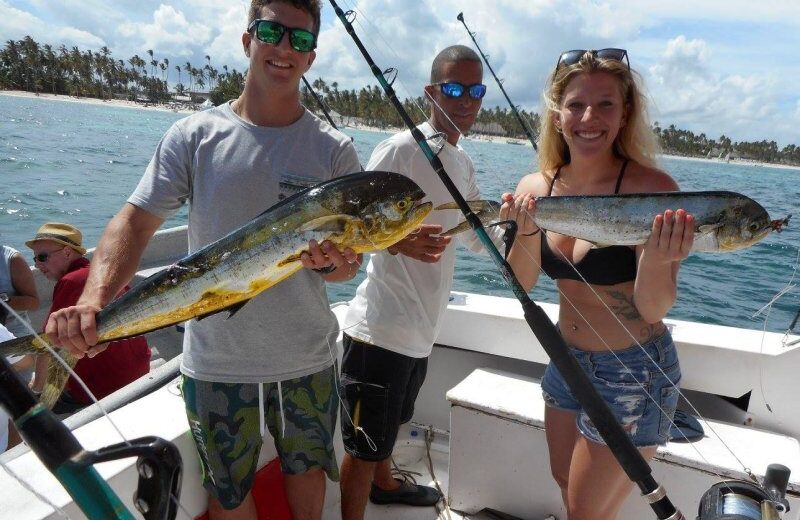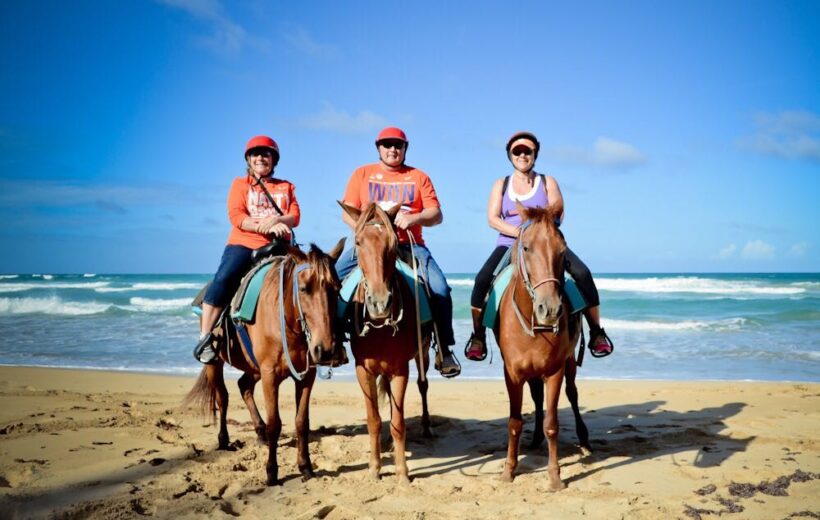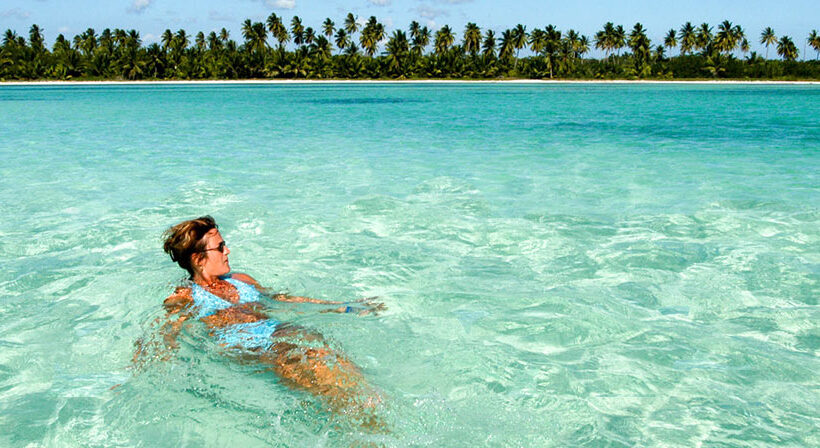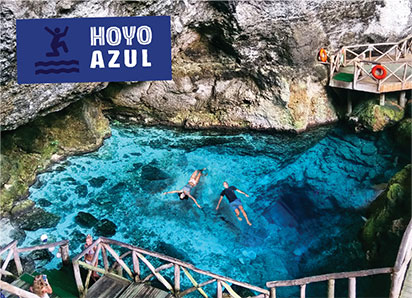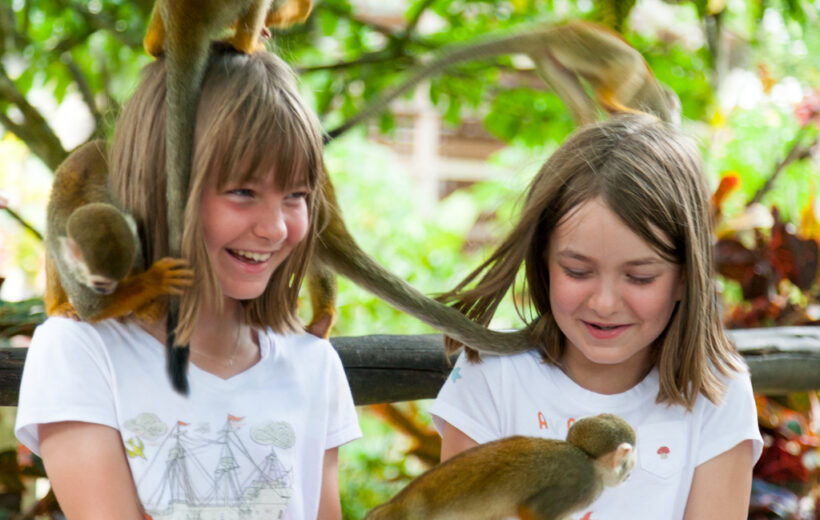Discovering Paradise: Samana, Dominican Republic - Your Guide to Serene Beaches and Natural Wonders
Jutting out of the DR’s northeastern shore and basking in the ocean, the nature haven that is the Samaná Peninsula is as coveted today as it was in the 16th century. Pirates hid in its lush, palm-filled forests, isolated beaches, and hidden caves, while European and Haitian troops competed over its deep water, protected bay. Today, Samaná–often abbreviated to refer to the entire peninsula–is well connected by land and air, yet it remains the DR’s secluded, paradisiacal escape of wild beaches, coconut plantations, and rainforests. Its rolling mountains and valleys form the crystalline rivers that feed into the Atlantic, as they cascade toward brilliant white sand beaches stretching hundreds of kilometers all around the peninsula’s rocky coastline. It’s as if the approximately 2,500 humpback whales that visit Samaná Bay every year appreciate this natural splendor as much as visitors do. The giant mammals return every year to this special corner of the DR to mate, birth, and bask in this glorious tropical scenery. Aside from seasonal whale watching boat excursions in Samaná’s scenic bay, more ecotourism adventures are a stone’s throw away: body-boarding and kitesurfing in Las Terrenas; trekking, birding, and caving in Los Haitises National Park; canyoning or horseback riding to reach El Limón waterfall; and boat-hopping to magnificent white sand beaches at the base of 90-meter (300-feet) cliffs, or to offshore Cayo Levantado island.
Samaná is also an independent traveler’s dream. Thousands of Europeans arrived as tourists and became residents, setting up businesses that give the area its unique cosmopolitan vibe. In Las Terrenas, French cafés and quaint guesthouses give way to Euro-chic boutiques, bistros, and beachfront lounges. But the peninsula retains its diverse cultural heritage. Croissants aside, you’ll find a cuisine rich in coconut flavors and seafood–an influence of early Canary Islands settlers, and descendants of 18th century African American immigrants who continue to thrive here. In Las Galeras, the fishing village life remains firm despite the large daytime tourist crowds who flock here to reach the renowned Playa Rincón.
Wherever you decide to stay on the peninsula, perched in treehouses in El Valle, tucked away in an eco-cabin in Las Galeras, or nestled in a beachfront suite, on glorious golden sands of Cosón: prepare for days surrounded by one of the Dominican Republic’s most magnificent beaches and rainforest escapes, where the echoes of merengue and bachata are never far away.
El Catey International Airport (AZS) is the gateway to the Samaná Peninsula. Cruises dock in Samaná in the winter season, near Cayo Levantado and the Bay of Samaná. Sailing enthusiasts will find full docking facilities and slips of up to 150 feet LOA at Puerto Bahía Marina, on the north end of Samaná Bay. By land, modern highways connect the peninsula to major points, including the Santo Domingo-Samaná Highway, or Route 7, and the Boulevard Turístico del Atlántico towards Las Terrenas, offering breathtaking, winding coastal views over the Bay of Cosón.

